How Scary Is Space?
Get Ready for Galactic Goosebumps!
In a scary Halloween movie, monsters, ghouls, and haunted houses can give you the creeps! Those things are, of course, just stories that were made up to give you a fright. If you want a real scare, check out these nine unearthly nightmares that could be happening right now in our own galaxy. Eek!
Miranda the Monster Moon
Miranda is an icy moon of Uranus, the seventh planet from our Sun. If you look closely at Miranda, you’ll notice a mismatched appearance. Are those scars a sign that this moon was patched together like Frankenstein’s monster? Nope! Those patches are actually deep craters, high ridges, and extreme cliffs.
A Frightening Face on the Sun
When NASA’s Solar Dynamics Observatory captured this picture of our Sun in October 2014, it looked like the Sun was getting ready for Halloween! You can light up the face of a jack-o-lantern at home with a candle or flashlight. What’s lighting up this Sun pumpkin’s face? Active regions of the Sun that emit large amounts of light and energy. And on that day in October, those regions happened to look like a ghoulish grin!
Death by Spaghettification?
A black hole is an object with gravity so strong that nothing—not even light—can escape. Because of this, we can’t really see black holes, but we can see how they pull on the stars and objects around them. It may sound wild, but there’s actually one at the center of our own galaxy, the Milky Way.
Movies sometimes show a black hole as a gateway to another world. Could that happen in real life? Probably not. Instead, scientists think that if you really got too close to a black hole, the pull of gravity would be so strong that you’d be stretched into a long, thin noodle of material.
Unending Darkness on the Moon
Imagine a place with no sunlight at all. Not a single ray of it. Did you know a place like that exists in our very own solar system? It’s a fact! The Moon turns as it orbits Earth each month, exposing nearly its entire surface to sunlight. However, the Sun never rises above the rims of some craters near the Moon's poles. The floors of those craters haven’t seen the Sun for billions of years! So if you’re planning a trip to the bottom of one of these craters, be sure to bring a flashlight.
Spine-tingling Space Sounds
Sound is absent in the vacuum of space. That means to the human ear, space is a very quiet place. But we can detect energy in space with other kinds of waves. Sometimes, to better understand cosmic events, NASA scientists turn those other energy waves into sound that we can hear. For example, about 11 seconds into this sound clip below, you’ll hear the change when NASA’s Juno spacecraft crossed into Jupiter’s immense and extreme magnetic field.
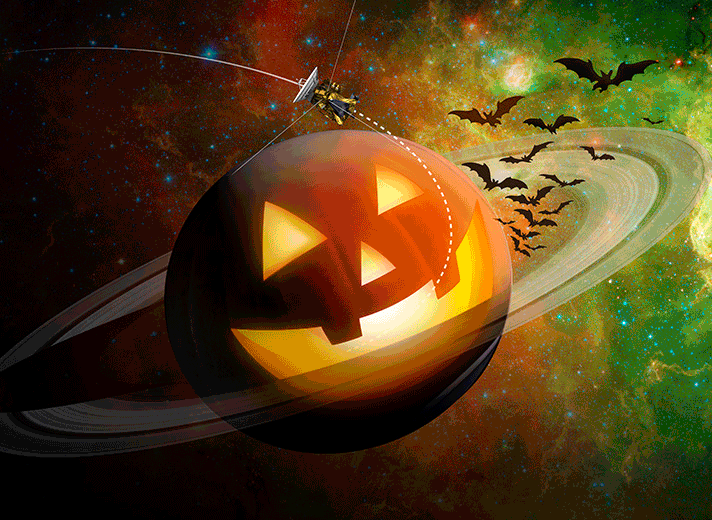
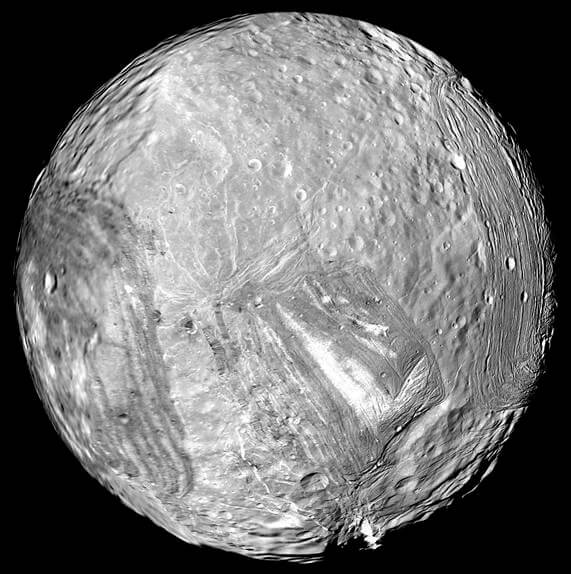
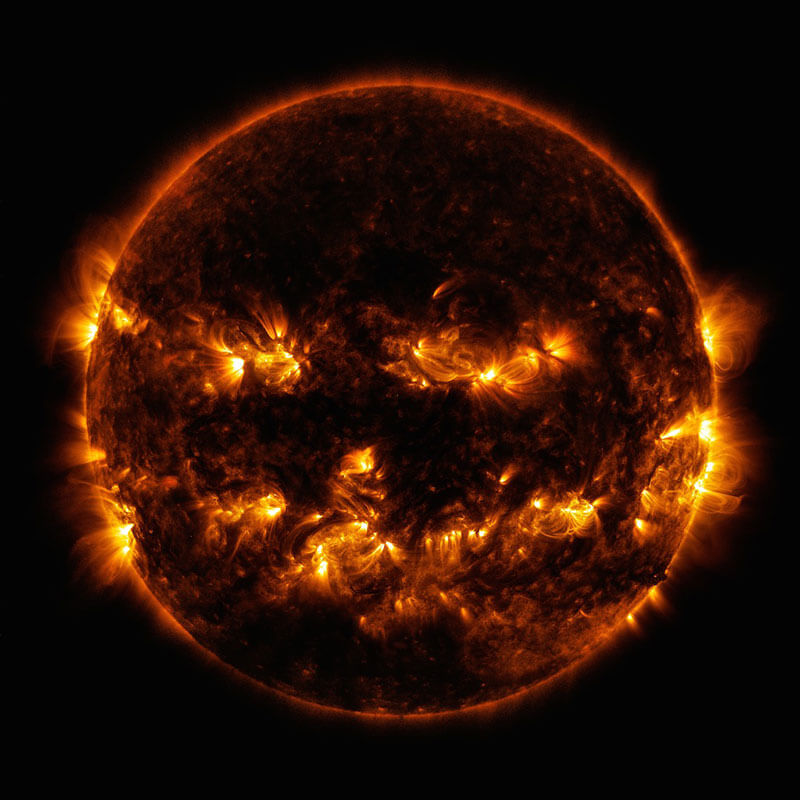
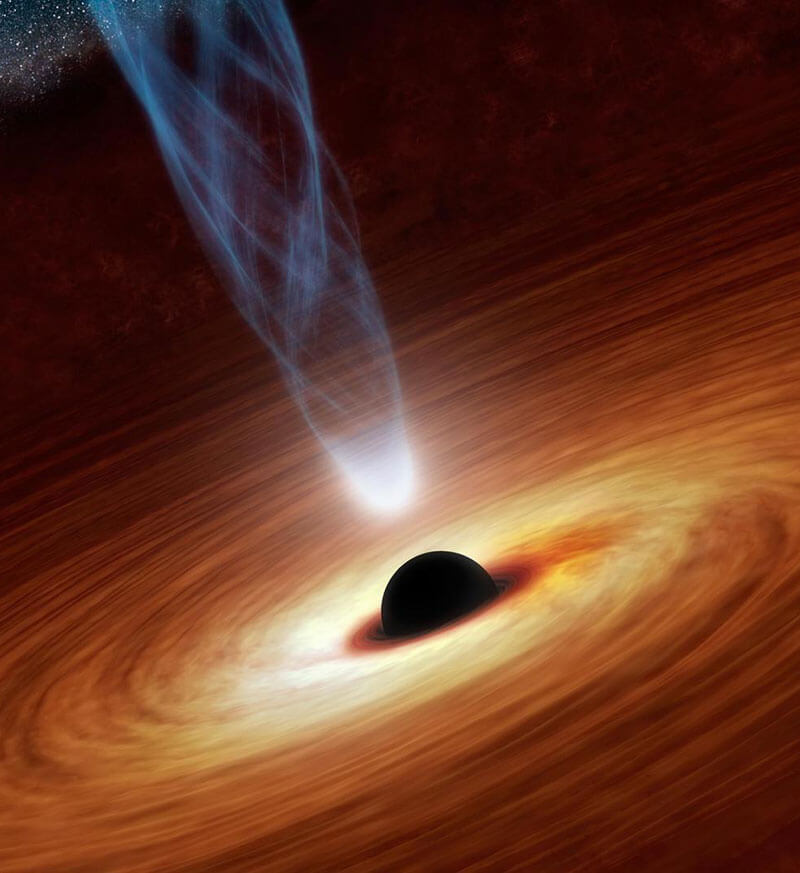
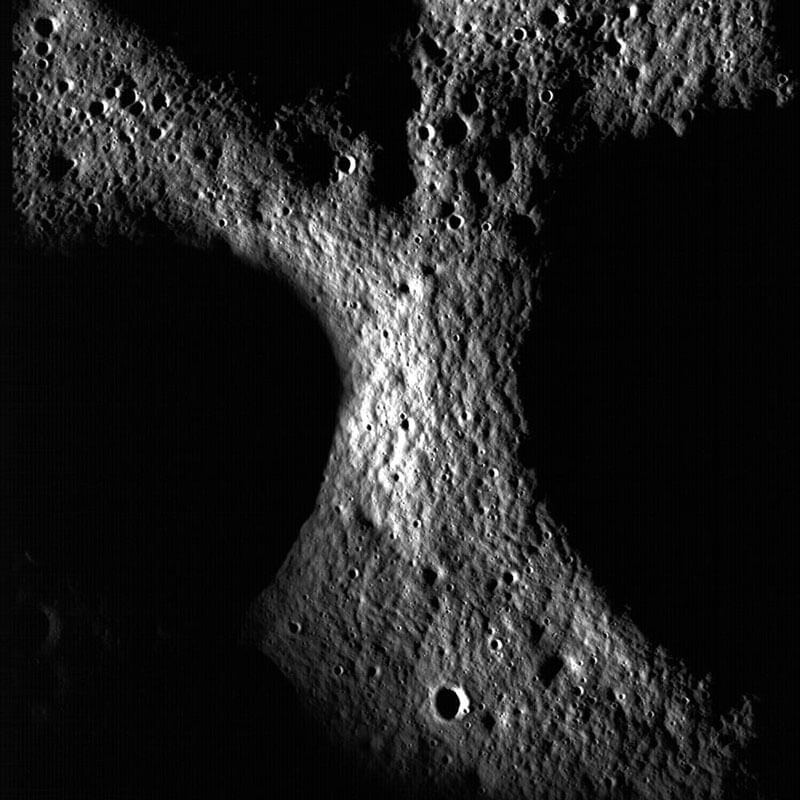
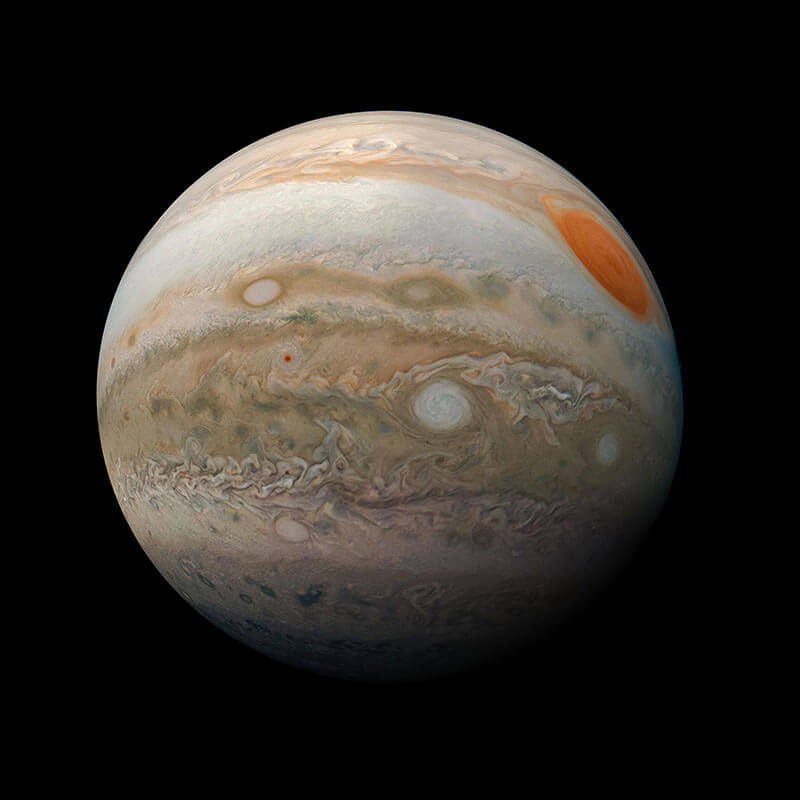
- Get link
- X
- Other Apps
- Get link
- X
- Other Apps
Comments
Post a Comment